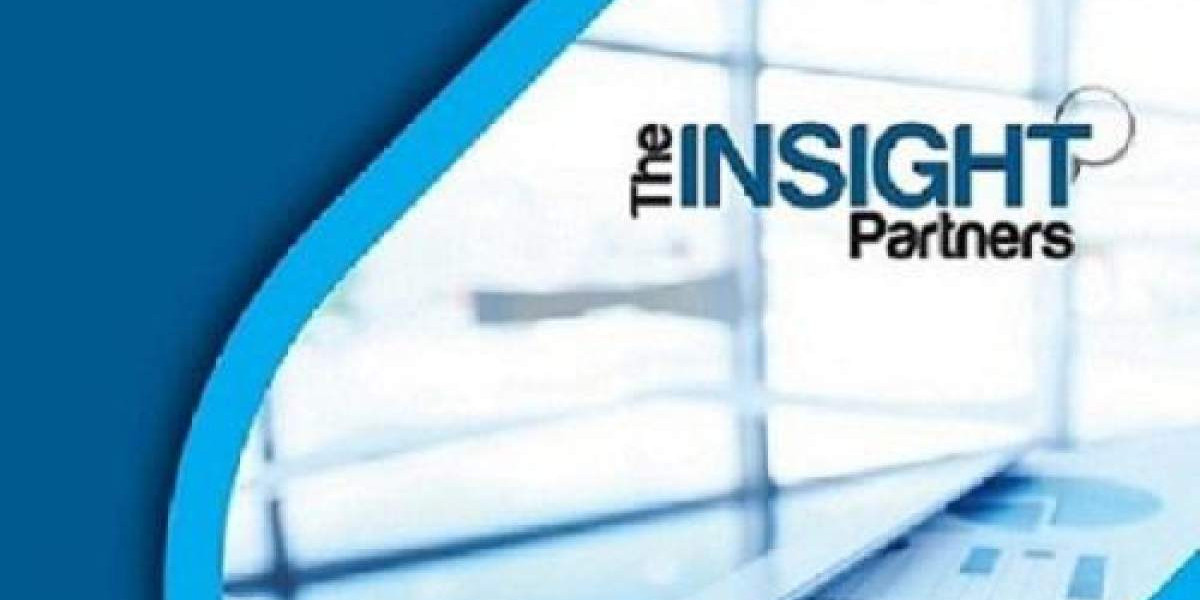Studying MBBS in Iran has emerged as a compelling choice for aspiring doctors, especially in countries like India where competition for government medical seats is intense. With limited seats and skyrocketing costs in private colleges, many students are now exploring international destinations. Iran stands out for its affordability, academic excellence, cultural proximity, and globally recognized medical degrees, making it an ideal destination for quality medical education abroad.
Iran is home to some of the oldest and most respected universities in the Middle East, offering modern medical education with a blend of traditional ethics and cutting-edge technology. For Indian and other international students, pursuing MBBS in Iran provides not only an academically sound foundation but also a cost-effective path to becoming a globally competent doctor.
Why Choose Iran for MBBS?
1. Affordable Tuition and Living Costs
Iran offers some of the most budget-friendly MBBS programs globally. Tuition fees typically range between $4,000 to $7,000 per year, significantly lower than many private medical colleges in India or even other MBBS abroad destinations like the USA, UK, or Australia. Living expenses are equally affordable, with monthly costs ranging from $150 to $250, including accommodation, food, and transport.
2. Globally Recognized Universities
Iranian medical universities are recognized by prominent global bodies such as:
World Health Organization (WHO)
National Medical Commission (NMC), India
Education Commission for Foreign Medical Graduates (ECFMG), USA
FAIMER This makes the MBBS in Iran degree eligible for licensing exams such as FMGE (India), USMLE (USA), PLAB (UK), and others.
3. English-Medium Programs
Many top medical universities in Iran offer MBBS in English, especially for international students. Universities also teach basic Persian (Farsi) during initial years to help students communicate with local patients during clinical practice.
4. Strong Clinical Exposure
Iran’s healthcare system is advanced and government-supported. Students benefit from excellent clinical rotations in university-affiliated hospitals, equipped with modern medical infrastructure. This ensures that graduates are not only well-versed in theory but also have real-world patient-handling experience.
5. Safe and Culturally Comfortable Environment
Iran shares cultural, religious, and social similarities with India, making adaptation easier for Indian students. Cities like Tehran, Shiraz, and Mashhad offer safe and welcoming environments for international students with active Indian student communities and embassy support.
Top Medical Universities in Iran
Here are some reputed institutions offering MBBS in Iran for Indian Students:
| University Name | City | Estd. | Language | WHO/NMC Listed |
|---|---|---|---|---|
| Tehran University of Medical Sciences | Tehran | 1851 | English | Yes |
| Shahid Beheshti University of Medical Sciences | Tehran | 1961 | English | Yes |
| Shiraz University of Medical Sciences | Shiraz | 1946 | English | Yes |
| Isfahan University of Medical Sciences | Isfahan | 1946 | English | Yes |
| Mashhad University of Medical Sciences | Mashhad | 1941 | English | Yes |
These universities are government-funded, highly ranked in Asia, and committed to research, innovation, and healthcare excellence.
Course Duration and Structure
The duration of MBBS in Iran is typically 6 years, structured as follows:
Year 1–2: Pre-clinical (basic medical sciences, anatomy, physiology, biochemistry)
Year 3–5: Clinical phase (pharmacology, pathology, medicine, surgery, pediatrics, OBGYN, etc.)
Year 6: Internship (hands-on training in hospitals under supervision)
The program follows international standards with regular internal assessments, lab training, and hospital visits.
MBBS in Iran Fees Structure (Estimated)
| Component | Amount per Year (USD) | Total for 6 Years (USD) |
|---|---|---|
| Tuition Fee | $4,000 – $7,000 | $24,000 – $42,000 |
| Hostel Accommodation | $600 – $1,000 | $3,600 – $6,000 |
| Living Expenses | $1,800 – $3,000 | $10,800 – $18,000 |
| Total Estimate | $38,400 – $66,000 |
In INR (at $1 = ₹83), total cost ranges between ₹31.8 lakhs to ₹54.8 lakhs, making Iran one of the most affordable MBBS Abroad destinations with global recognition.
Admission Process for Indian Students
Eligibility Criteria:
Completed 10+2 with Physics, Chemistry, Biology.
Minimum 50% aggregate in PCB (40% for reserved categories).
NEET qualification is mandatory for Indian students as per NMC guidelines.
Valid passport and medical fitness.
Required Documents:
10th and 12th mark sheets
NEET scorecard
Passport (minimum 18 months validity)
Passport-size photographs
Police clearance and medical certificate
University application form
Admission Timeline:
Applications Open: May–July
Offer Letters Issued: July–August
Visa & Travel: August–September
Academic Session Starts: September–October
University Insights provides complete end-to-end support for admissions to MBBS in Iran—from shortlisting universities to visa processing and pre-departure briefings.
Scholarships and Financial Aid
Some universities in Iran offer merit-based or partial scholarships to international students after the first year. Additionally, educational loans from Indian banks are available for NMC-approved foreign medical universities, including those in Iran.
Career Opportunities After MBBS in Iran
Upon graduation, Indian students must clear the FMGE (Foreign Medical Graduate Examination) to practice in India. With WHO and NMC recognition, graduates can also pursue:
Postgraduate studies in India, UK, USA, or Europe.
Research positions or hospital residencies in Iran and the Middle East.
USMLE or PLAB for medical careers in the USA or UK.
Many students who studied MBBS in Iran have successfully cleared FMGE and NEET-PG and are practicing in reputed hospitals in India.
Conclusion
If you’re looking for a budget-friendly, high-quality, and globally respected medical education, then starting your medical journey with MBBS in Iran is a smart decision. With English-medium programs, experienced faculty, and strong clinical exposure, Iran offers everything a future doctor needs—without the burden of heavy debt.






